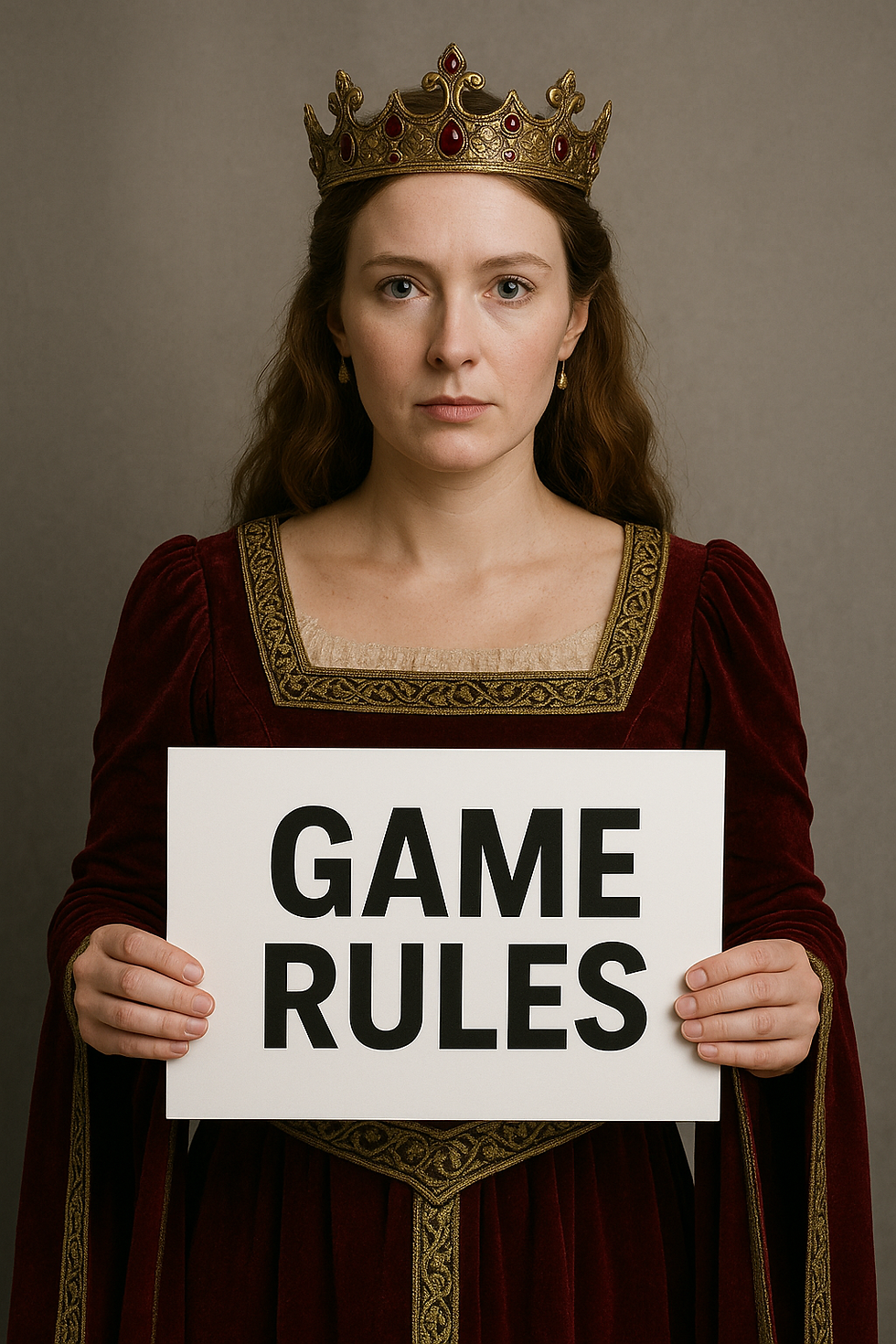
Generations Game
Age Range
How Many Players
Rating
Play Time?
8+
6+
G
30mins - 90mins
Players compete against each other in challenges that test their knowledge and understanding of different generations. The game could be played by families, friends, or colleagues, and could include various categories that cover different aspects of popular culture, history, and daily life.
Variations
Reverse Generations: Instead of having each team consist of different generations, each team is made up of members from the same generation (e.g., all grandparents, all parents, or all children). This version of the game could focus on specific time periods or decades, and challenges could be tailored to that generation's experiences and memories.
Name That Tune: All of the challenges revolve around music. Each team takes turns playing a short clip of a song from a particular decade, and the other team has to guess the artist and song title.
Charades Game: This version of the game involves acting out scenes or miming activities from different time periods. One team member chooses a card with an activity or scene, and then has to act it out without speaking. The other members of the team have to guess what the activity or scene is, and from what time period it comes from.
Trivia Generations: This variant focuses solely on trivia questions from different time periods.
Teams take turns answering questions from a variety of categories, such as pop culture, history, and science.
Physical Challenge: In this variant, challenges are more physical and involve activities such as relay races, obstacle courses, or physical puzzles. Each team takes turns completing a different physical challenge from a particular time period, with points awarded for speed and accuracy.
Play with more than 2 teams, where each team is sorted into their generations and compete for points that allow them to continue to the next round. One team will be victorious!
GAME RULES
Teams: The game is played by two teams, each consisting of at least three players from different generations (e.g., grandparents, parents, and children).
Categories: The game includes a variety of categories that cover different aspects of popular culture, history, and daily life from different time periods.
Rounds: The game is played in several rounds, with each round consisting of a different category or challenge. Each team takes turns choosing a category and answering questions related to that category.
Scoring: Points are awarded for each correct answer. The team with the most points at the end of the game wins.
Time Limit: There may be a time limit for each round, with teams having a set amount of time to answer as many questions as possible.
Lifelines: Teams may be allowed to use lifelines, such as asking for help from a different generation or using a "skip" option to move on to the next question.
Bonus Rounds: The game may include bonus rounds, where teams can earn extra points by completing additional challenges or tasks.
These rules are just a starting point, and can be adapted and customized to suit the specific needs and preferences of the players. The main goal of the game is to provide a fun and engaging way for people from different generations to connect, bond, and learn from each other.



GAME SETUP
The setup for the Generations Game will depend on the specific format and rules of the game being played, but here are some general guidelines:
Teams: The game is typically played in teams, with each team consisting of players from different generations (e.g., grandparents, parents, and children).
Playing Area: The game can be played in any location, such as a living room, backyard, or community center. It is important to have enough space for players to move around and interact with each other.
Materials: Depending on the format of the game, materials may include trivia cards, game boards, props for challenges, and any other necessary equipment.
Technology: In a modern version of the game, technology such as a mobile app, online platform, or digital screen may be used to display questions and track scores.
Rules and Guidelines: It is important to establish the rules and guidelines of the game beforehand, such as how points are earned, time limits for rounds, and any special challenges or lifelines that may be available to teams.
Decorations and Themes: To create a more festive and engaging atmosphere, decorations and themes can be incorporated into the game, such as music, costumes, and decorations from different time periods.
Tips, Ideas & More





























.png)
